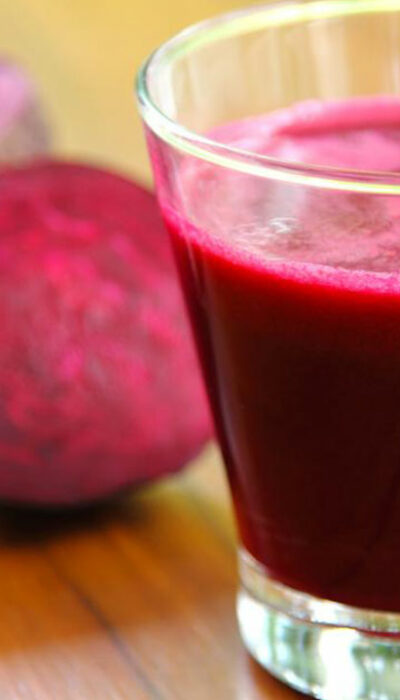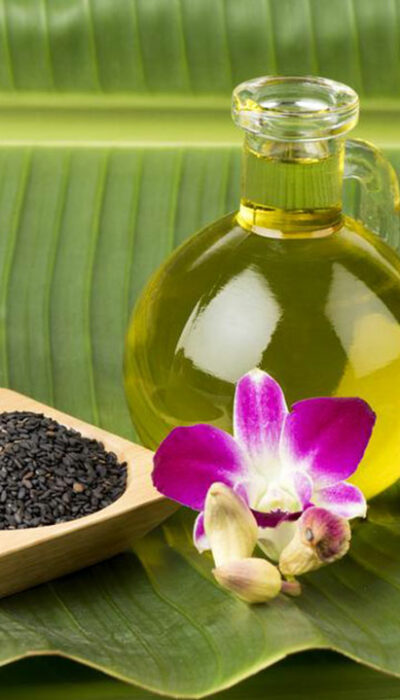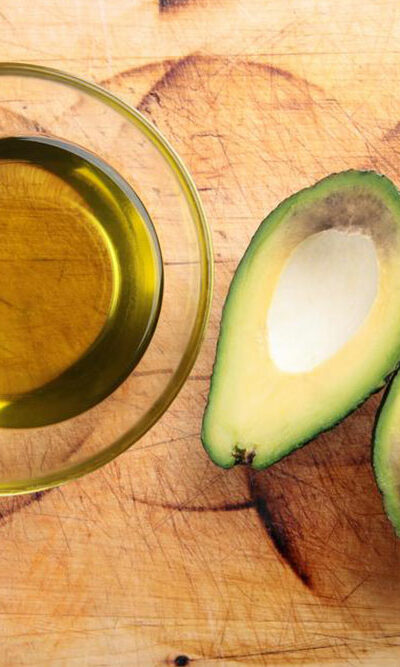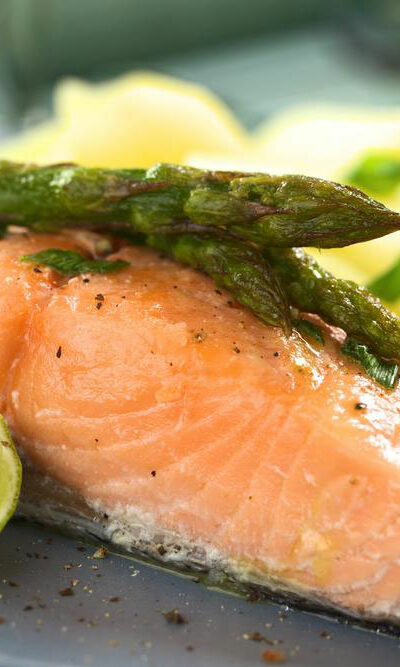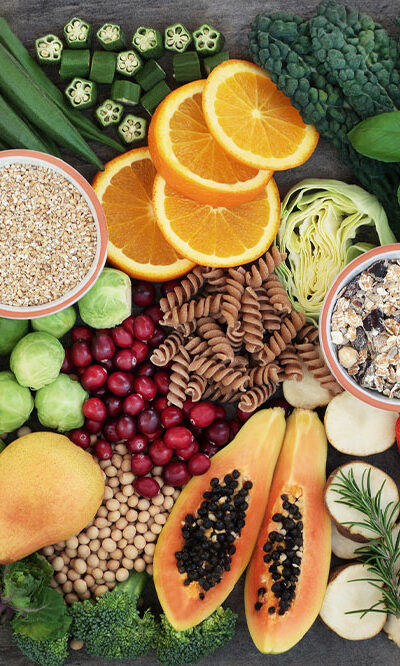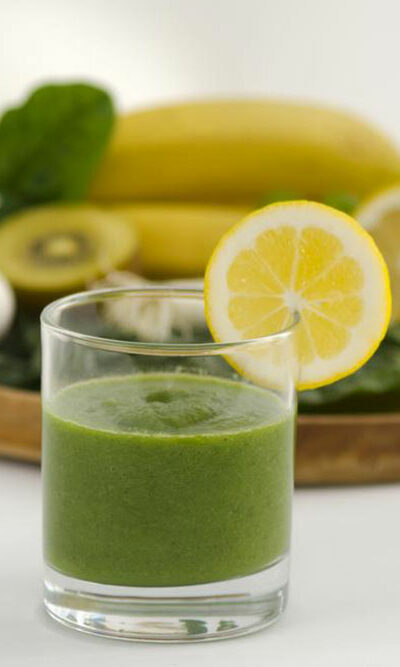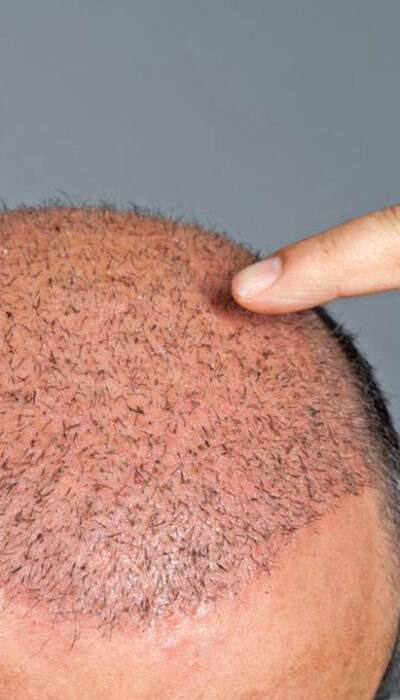
Hair Transplant Cost and Procedure
Hair loss can be psychologically scarring for many. It can affect your self-esteem and make you feel underconfident. A full head of hair is a coveted ideal, one that most cultures value very highly. Hair loss can occur due to changes in hormone levels, medications, and bad genes. The most common form of hair loss is due to aging. Although it is perfectly okay for older men and women to experience hair loss, many younger people, when faced with the same issue, look for treatments to counteract the hair loss. The next most common reason for hair loss is hereditary. If your family has a pattern of people losing their hair early, then chances are that you too will face the same problem. One of the most permanent and effective methods of restoring your crowning mane is hair transplant surgery. What is Hair Transplant Surgery? Hair transplant surgery uses the hair you already have to fill in areas of your scalp that are thinning out. This surgery has been around since the 1950s, even though the actual procedure has changed with developing medical science. There are two methods for hair transplant surgery. Follicular Unit Strip Surgery (FUSS) In this type of surgery, a strip of skin from the back of your head is removed by the surgeon. This area is known as the donor site. The strip is then divided into hundreds of tiny grafts each containing one hair strand. These micrografts must be frozen to maintain the structural integrity of the hair follicle. The surgeon then makes tiny incisions on your scalp and inserts these micrografts. Once the tissue heals, the transplanted hair will grow naturally. You will recover from this surgery within two weeks. Follicular Unit Extraction (FUE) In this surgery, individual grafts of hair follicles are harvested from the donor site.

